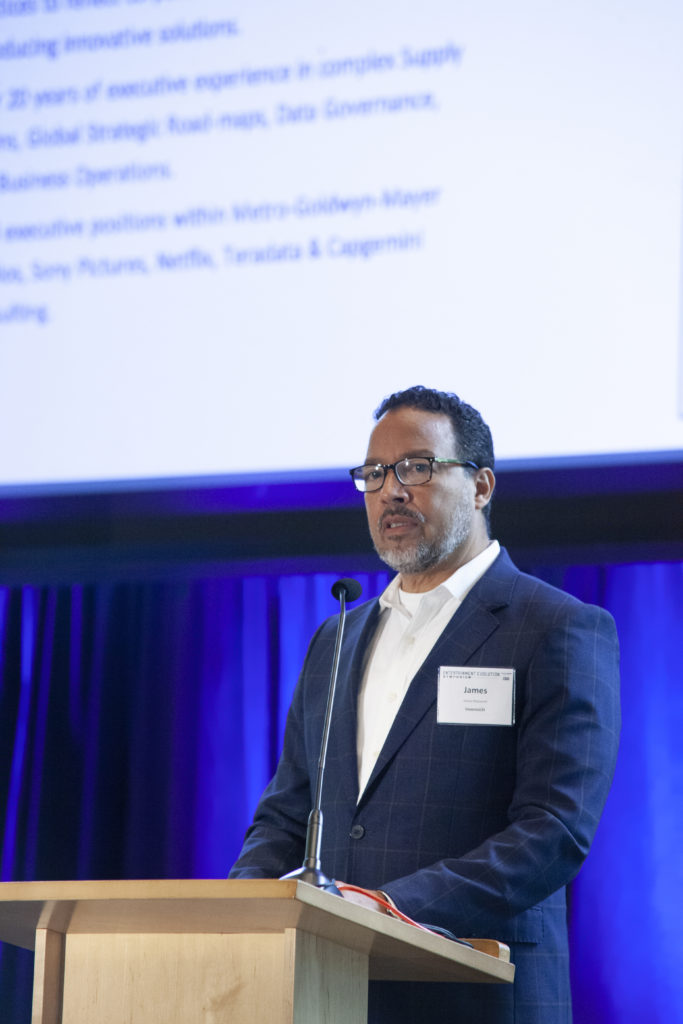M+E Daily

EES: The Growth of Streaming Creates Pressure to Automate Upstream Workflows
Story Highlights
Content financing is becoming a significant topic of interest as the media landscape has shifted to favor more streaming content while marginalizing cable TV, exhibitors and television models.
The question that many people have, therefore, been asking in the media and entertainment (M&E) sector is: How do we manage the financial nuances of direct to streaming, theatrical releases, TV and home entertainment releases with the encroaching winds of change?
With streaming eclipsing on-demand, the name of the game has become the quest to attract and keep subscribers, and it is quantity and quality that are the enablers, according to James Maysonet, VP of global media and entertainment at InvenioLSI.
 The industrywide shift has created massive pressure to automate upstream workflows. Meanwhile, the many stakeholders across the worlds of finance, marketing, production and legal have been overwhelmed, and manual processes now undermine speed to market and cost.
The industrywide shift has created massive pressure to automate upstream workflows. Meanwhile, the many stakeholders across the worlds of finance, marketing, production and legal have been overwhelmed, and manual processes now undermine speed to market and cost.
The financial impacts of an approved concept can be costly and stressful. In anticipation of that, InvenioLSI has a product in production––developed in the SAP ecosystems––that facilitates the management from concept creation through amortization.
When Maysonet first started in the M&E industry, the two top-selling VHS titles at retail were Overboard and Roadhouse, he recalled Sept. 21 at the Entertainment Evolution Symposium (EES), during the Ethics, Financials & Syndication breakout session “Content Financials: Old Hollywood meets New Hollywood – Automating the workflow from Greenlight to Amortization.”
“Back then, if a theatrical release didn’t do well at the box office, it had an opportunity to make up for its lost revenue at the home entertainment window,” he noted
Today, however, the streaming industry has “taken over and it’s all about subscribers, which requires both quality and quantity,” he said.
“Technology has always been the enabler of our industry across various business units,” he told attendees. “But when it comes to upstream, the green lighting phase, they’ve pretty much been insulated from technology,” he said.
“Managing costs is more important today than it ever was,” he pointed out, noting content financials are part of SAP’s S/4 HANA digital value chain.
One challenge, “when it comes to scaling the tools used today in finance, budgeting and production accounting” is that they are in “dire need of advancement and innovation,” he noted, explaining they are because they’re
“single purpose, not easily accessible and really can’t keep up with today’s industry.”
InvenioLSI’s Content Financials was designed for the M&E space, he went on to say, pointing out it’s a workflow automation tool that runs on SAP technology. “So any studio that is on SAP today or is considering SAP content financials will” be able to “streamline your content financial supply chain,” he said, adding this also “reflects the integrations with rights and royalties management tools and the industry standard” by the Entertainment Identifier Registry Association (EIDR).
“This is really a budget approval process, which now offers an opportunity for all the stakeholders, like marketing and operations, to either create, change or reject any pertinent information that is in their respective areas,” he went on to say.
The Entertainment Evolution Symposium (EES) was presented by the Pepperdine Graziadio Business School Institute for Entertainment, Media and Sports (IEMS) and the Hollywood IT Society (HITS) and was sponsored by Iron Mountain, Signiant, Whip Media, Atos, Fortinet, FPT Software, invenioLSI, Perforce, Vision Media, and EIDR.









